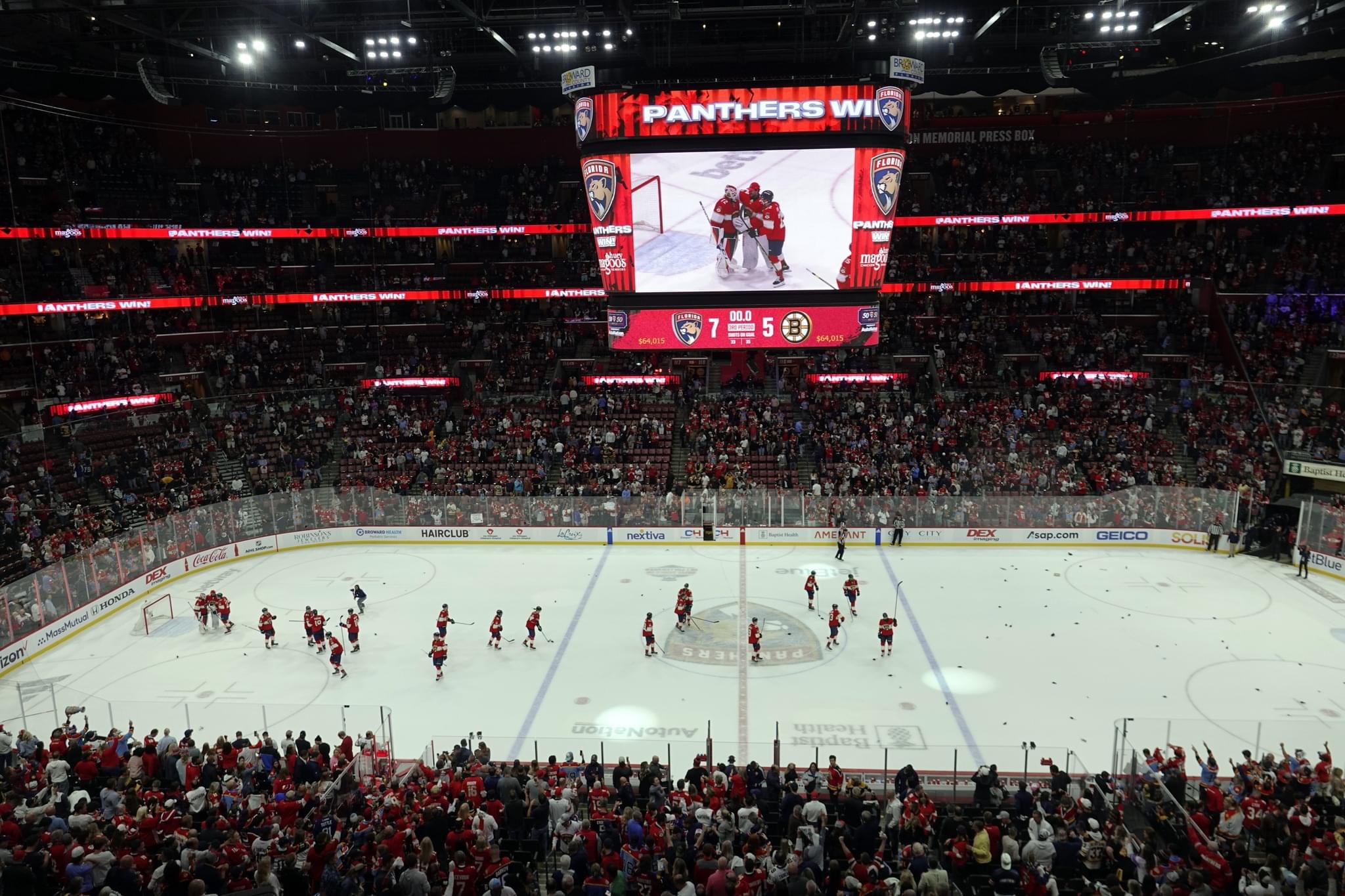NHL
The History Of Fantasy Hockey

Nowadays, fantasy hockey is an online game where you bet against the odds and see if your friends or strangers can predict better outcomes. Originally, this game was played on paper among famous friends trying to make a quick buck.
Seeing how we play the game now, it’s easy to think such a method is impossible. How could the viewers possibly see every game or note every interaction to build their team?
Well, back then, fantasy hockey was a much simpler game.
Bill Watters And Scotty Morrison
It’s hard to know when fantasy hockey first emerged, as no one was tracking their gambling experiences. However, through our research, we think it began in the 1971 and 1972 NHL seasons when friends Bill Watters and Scotty Morrison wanted to make they’re betting more interesting.
Creating drafts wasn’t an uncommon sight in sports bars and garages. These sports betting odds were known as pools, and they were rudimentary. They focused on which team would score the most points or which team would create the most fouls. Betting, but with friends.
Watters and Morrison broke down this concept and turned it into something we would recognize today. Points for teamwork, points for scoring, but also points for showing up to the game, and points for tackles.
They would only include games they watched together, as this allowed them to make on-the-spot decisions about points.
In 1995 (2 years after the internet was made public), a Canadian beer company caught onto this idea and put their pool on their website for all to enjoy. This was the first-ever fantasy hockey website. Soon other websites joined the commotion, such as Office Pools.
Office Pool allowed offices from one company or department to compete with another.
Jay Arbour And Neil Smith
Some people believe that fantasy hockey was invented by Jay Arbour and Niel Smith.
Arbour was the son of legendary New York Islanders coach Al Arbour, while Smith was the GM for the New York Rangers.
In this group, celebrities would come together to bet on the outcomes of their favorite sportsmen. This league was formed in 1981.
Handsworth Secondary School
Handsworth Secondary School is also a contender for the “firsts,” as they are the longest documented continuously run hockey pool of all time. The school started in 1980, and 43 years later, they still continue their running pool.
How Fantasy Hockey Has Changed
In 2004, a new type of bet became popular – penalty minutes and blocked shots. They were considered wildcards and allowed fans to throw a spanner in the works when betting on predictable teams. Sure, everyone knew who was going to win the game, but which team member would produce the most drama?
These websites saw that stagnant games, which should have created certainty in betting, instead created a drive for something more unpredictable. Because of that shift, fantasy hockey games added more unusual gameplay choices to their scoring opportunities.
How The Internet Changed Fantasy Hockey
Because we can instantly record exactly what each player does, the fantasy sports world can include a large amount of data. You can build a team based on defensive tackles, times in the penalty box, and assists, completely ignoring the overall score.
This means that scoring players are no longer the be-all and end-all of a team. You need a fully realized team to pull in the most points.
How Fantasy Hockey Works
First, you need to choose 12 to 20 skaters from any team and in any position. The players you pick should help you choose which points to focus on. The common categories are:
- Points
- Shutouts (Goalie)
- Goals
- Hat Tricks
- Assists
- Save Percentage (Goalie)
- Plus/Minus (+/-)
- Goals Against Average (Goalie)
- Penalty Minutes
- Wins (Goalie)
- Power Play Points
- Blocked Shots
- Game-Winning Goals
- Hits
- Faceoffs Won
- Shots On Goal
Depending on the platform you play on, you will either automatically collect points for each “win” in a category or you will only collect points for a restricted amount of categories you are allowed to pick.
Platforms that restrict your category selection often give you more points, but you need to create a team that is powerful in that area. This means your team might not win their games, but they may win their points.
In nonrestricted categories, you want to create a balanced team that is good at everything. The problem with this is the price. Each player will be worth a certain amount of money or in-game coins. You most likely won’t have enough coins to create a perfect team, so what do you compromise?
These are the strategies of the game. There isn’t one single correct answer. Instead, you have to base your decisions on how each team is doing and how each player is doping.
Final Thoughts
Creating leagues and pools has always been popular. As soon as the interest was accessible, pools became an online phenomenon, where people from across the world could bet with each other.
When we were able to collect surplus information, these pools became sophisticated and allowed more strategies to form.
How will it change again in the future?




















